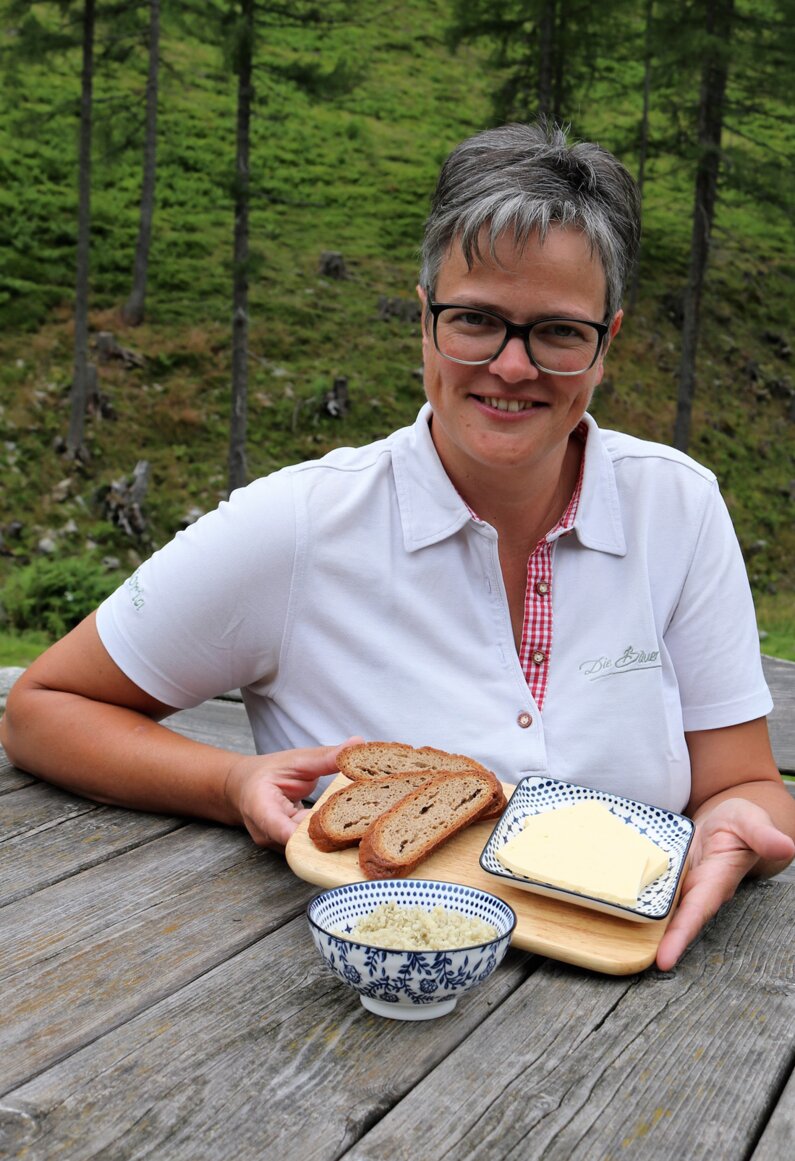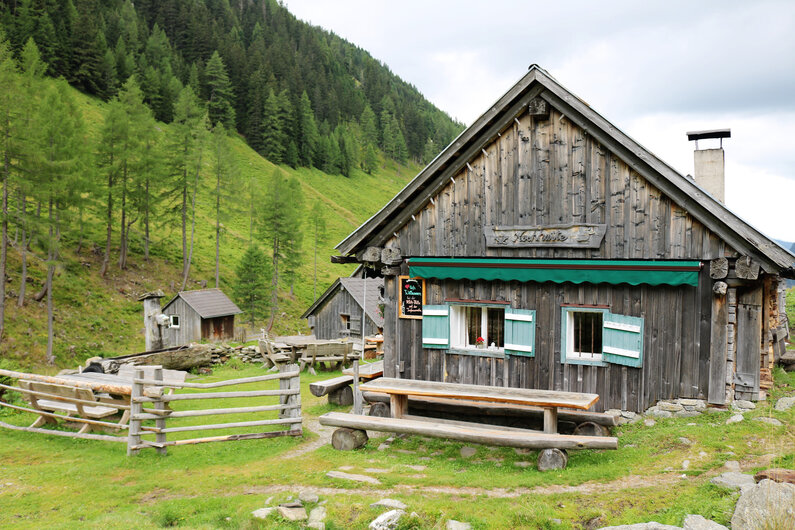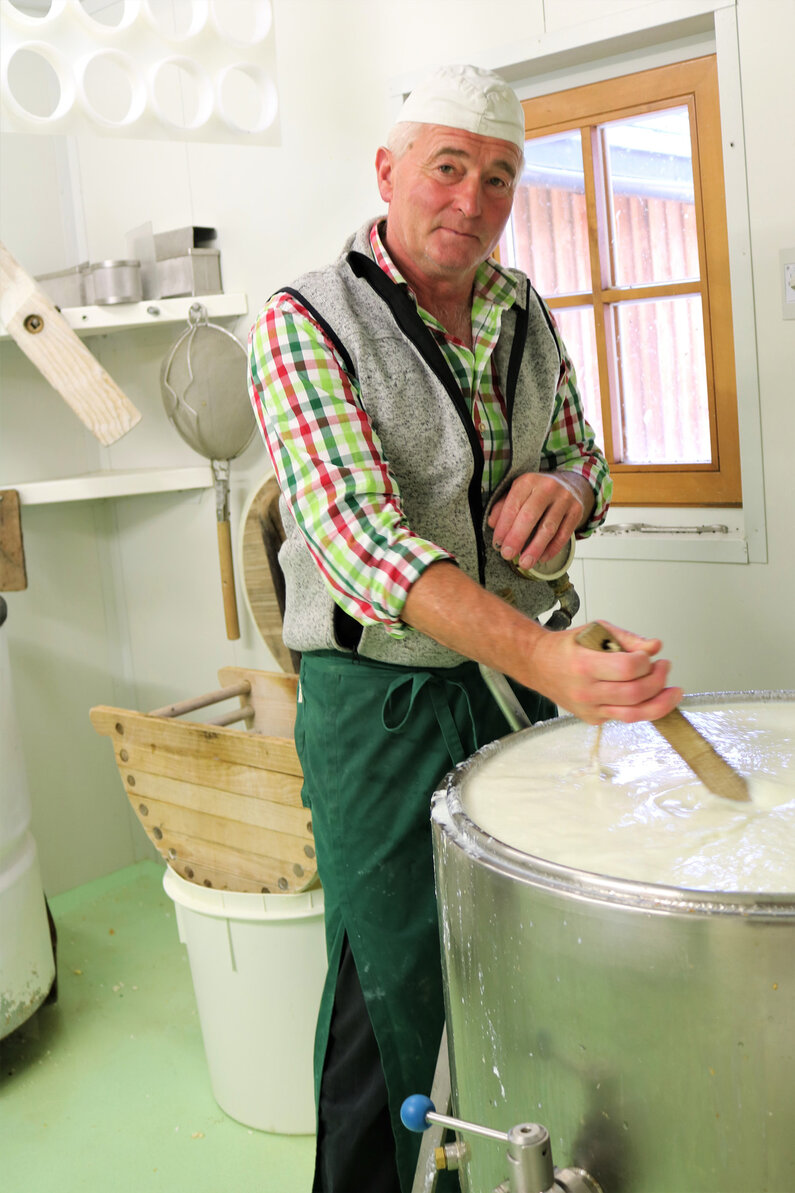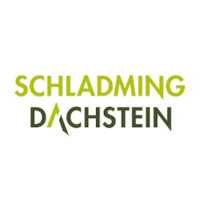It's yellow, green, and gray. It has an intense and unmistakable flavor. Its crumbly texture looks good on any slice of bread. We're talking about Ennstaler Steirerkas, a culinary tradition of this region that is widely known and loved far beyond our borders. Two cheese experts talk about the history of its creation, life amid alpine pastures, and the appreciation of regional products in general.
Lush green mountain meadows. The gentle clanging of cowbells. A pretty alpine dairymaid in traditional costume serving fresh buttermilk and cheese sandwiches in front of a rustic wooden hut. This is probably how you imagine life in the mountains. However, that life often involves some hardships and a lot of hard work. At least, that was most definitely the case several hundreds of years ago when alpine farming began in the Ennstal region. You need to realize that the dairywomen and cowherds were not on a "summer vacation" in the mountains. Rather, the agricultural use of the higher grassy regions – known as “Almen” - arose out of necessity. "The agricultural crops in the valleys were stored at the farm and used up in the winter months. So, use of alpine pastures provided relief in the summer," explains Viktoria Brandner from Kleinsölk. She knows the life of an Sennerin all too well, as she spends her summers at the Köckhütte on the Tuchmoaralm above Kleinsölk. For her, the authentic alpine lifestyle also includes processing the milk they obtain. So, like the dairymaids of old, Viktoria works with a copper kettle over an open fire to produce delicious cheese from the skimmed milk. She also makes sour-cream butter for hungry hikers. "The products are, of course, extremely high quality, as the cows up here only munch on fresh grass and a variety of herbs," says Viktoria, as she presses the fresh butter into wooden butter molds to give it its characteristic shape and a flower pattern.
The Life of a Sennerin & the Alm Virus
At the beginning of summer, they process around 120 liters of milk per day. As the alpine summer comes to an end, the amount of milk dwindles to only 40 to 50 liters per day. Viktoria says, "Converting to modern technology simply wouldn't pay off. On the one hand, we don't have the milk quantities, and on the other hand, there is a lack of visitors. That's why we only have butter and the typical Steirerkas cheese available at my Köckhütte." Also a mother, she enjoys the decelerated alpine life despite the many chores. With no intrusive media or the hustle and bustle of everyday life, there is more time for the essential things. "We are on the Alm from mid-June on. The homecoming cattle drive takes place on so-called 'Guardian Angel Day', which has been celebrated in Kleinsölk for over 200 years on the first Sunday in September. If you’ve been infected with the ‘Alm Virus’, like us, and spent the summer working and living on the Alm, you’ll understand just how sentimental this farewell from the Alm can be," this passionate singer adds in conclusion.
Appreciation & History
The Ilsinger family is also familiar with the authentic Alm lifestyle. They run the Schrabachalm in Donnersbach and continue to produce original Ennstaler Steirerkas using traditional methods. Hans, head of the family, is mainly responsible for the cheese production, while son Hannes and his wife Christina took over the family business in 2020. If you peek for a moment over Hans’s shoulder in his cheese-making room, it quickly becomes clear that he invests a lot of passion and appreciation in the food he produces. " Ennstaler Steirerkas played an important role in the region between Eisenerz and Schladming. Hundreds of years ago, it wasn’t possible to cool milk, so a way had to be found for preserving it," explains the history buff. Since fat was essential for survival in a population that had to cope with hard physical work, butter was an important food. So, the cream was separated from the milk for the butter, and the by-product - the skimmed milk - was used to create the Steirerkas. "This lean cheese could be stored for months without any problem and was often used as a vital reserve during food shortages. In addition, Steirerkas was particularly nutritious for miners in the mining industry, which was widespread in our region back in the day," says Hans, talking extensively about the history of this local dairy product that is also readily digestible and promotes a healthy gut. He is proud to have maintained the original production process and to make the cheese essentially the same way as 300 years ago - only with a few technical advancements.
Good things take time
After milking, the milk is separated into cream and skimmed milk in a centrifuge. The cream is turned into butter there at the Schrabachalm. The skimmed milk, on the other hand, is allowed to sour naturally before being boiled in a kettle. Hans explains, "The cooked low-fat curd now has the crumbly consistency that gives the Steirerkas its typical appearance. It is seasoned with salt and pepper, which preserves it, pressed into molds, tipped out onto wooden boards, and allowed to mature at room temperature." Looking into the maturation room makes your mouth water: balls of cheese in various degrees of maturity are waiting to be crumbled again and land on a slice of bread. "Ennstaler Steirerkas matures for at least six weeks. Then I take it to the hut kitchen to my hardworking wife Birgit, and she serves it to hikers from all over the world who relish its unique taste," adds the cheese expert. In the summer months, the two owners of the shared grazing area have a total of 50 cattle, 20 sheep, and 20 goats at pasture. Eighteen dairy cows are milked daily to produce mouthwatering products. "What many people don't know is that it takes about 10 liters of whole milk to produce 1 kg of hard cheese, and about 22 liters of whole milk to make 1 kg of butter. That's why we're particularly happy when guests really appreciate our products and the work we put in here at the Alm," concludes Hans, looking forward to the upcoming summer on the Alm and the first bread with fresh, crumbly, yellow-greenish-gray Ennstaler Steirerkas!












